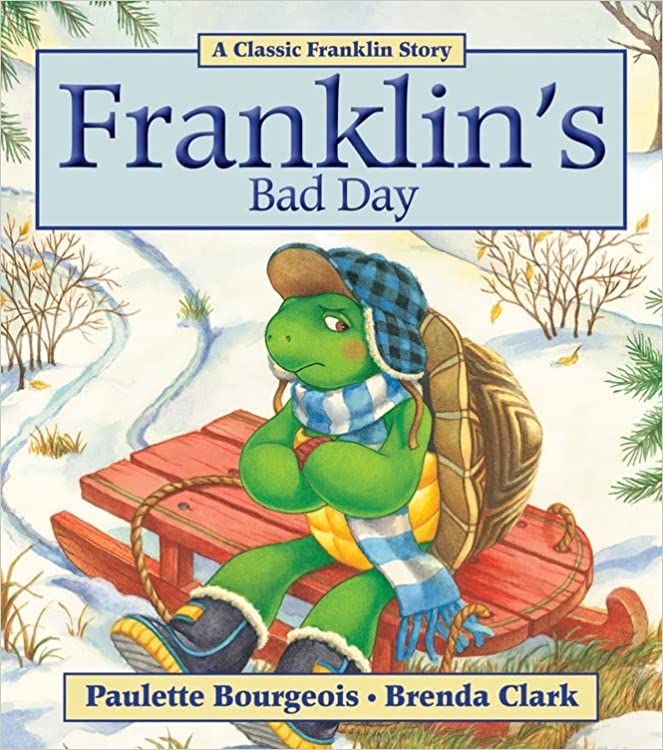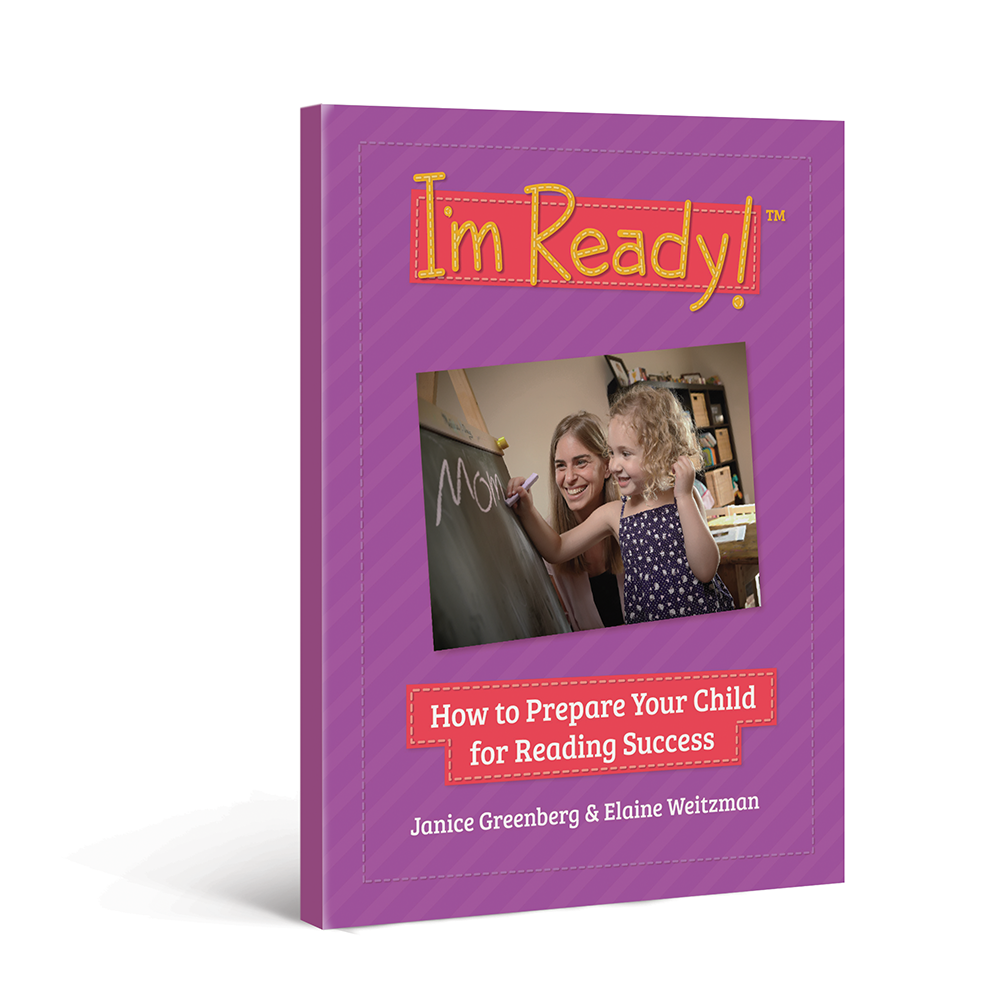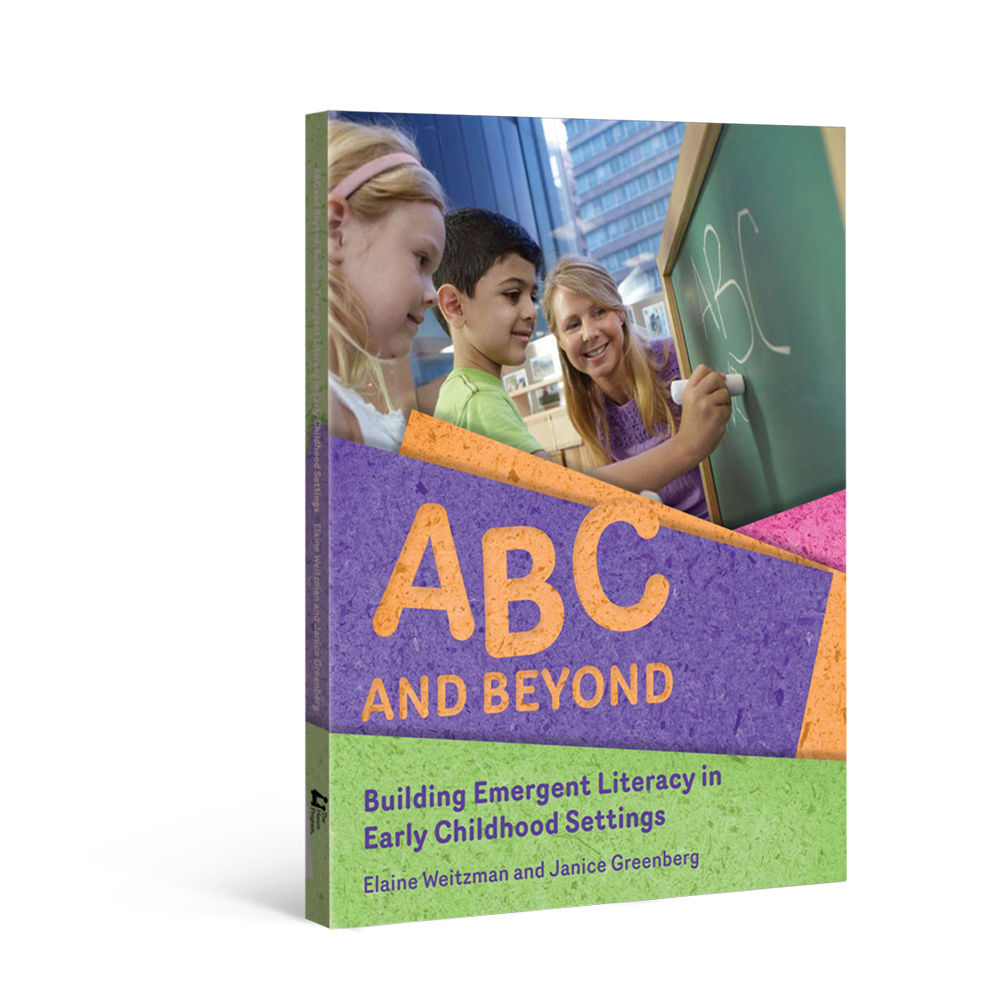This month's Book Nook topic is...
Relating to Children’s Experiences with Franklin’s Bad Day

As adults, we often talk about “reading between the lines” to fully understand another person’s message. But did you know that young children also need to learn to read between the lines of the stories we share with them in order to develop their story comprehension? Often the words and pictures don’t tell us directly why things are happening, so children must learn to draw on their own knowledge and experiences to fully understand.
One of the best ways to build a child’s story understanding is to connect what’s happening in the book with something in the child’s life. By encouraging them think about a similar situation that they were in, or about related information they already know, we deepen their understanding of the events in the story and help them understand why characters feel and act the way they do.
The Book:
Franklin’s Bad Day by Paulette Bourgeois
Why we picked it
The best stories for relating to children’s experiences are ones that include situations, events and feelings that are common in children’s everyday lives. In this story, Franklin feels grumpy from the moment he wakes up, and the events of the day make him more and more frustrated. As the story progresses, we learn that his friend Otter has just moved away, and we start to understand why Franklin is upset. The story provides lots of opportunities to relate to times children have felt sad or frustrated, and what they did to feel better.
Tip 1: Make comments that relate to the child’s experiences
In the first couple readings of a book, children may be quieter, as their brains work to take everything in and understand the basic storyline. This is a good time to make only a few comments that link the story to the child’s life. Unlike questions, comments don’t require a response. But you’ll probably find that when you make a comment that relates to something the child has experienced, and then pause and wait, the child will be more likely to add their own thoughts!
In Franklin’s Bad Day, we don’t find out right away why Franklin is in such a bad mood. Lots of little things go wrong and Franklin gets increasingly upset. You can help the child relate to this experience by making a comment like, “Oh, my, lots of things are going wrong in Franklin's day. Just like when your block tower fell, and then you lost your mitten! You were feeling so frustrated – just like Franklin.”
Making comments is also a great way to label emotions and help children understand how a character feels. For example, when the story reveals that Otter moved away, you could say, “I remember how sad you were when Katie left to go to a different school and you couldn’t play with her anymore. It can be really hard when we can’t see a friend anymore.”
Comments like these, and the back-and-forth conversations that come from them, help to make the meaning of the story much clearer for the child because they now have a concrete example from their own life.
Tip 2: Ask questions that relate to the child’s experiences
By the second or third time you read the book, the child will have a basic understanding of the story. This is a great time to pause during the reading to ask questions that deepen understanding.
When you see that the child is interested in a particular part of the story, ask a question that links what’s happening at that moment with something the child has experienced. Remember to wait quietly for long enough after asking so that the child has enough time to consider the question and think of a response.
Here are some examples of questions you could ask:
- If you notice the child looks surprised, gasps or comments when Franklin throws his skates, slams the door or kicks his blocks, you could ask, “Can you remember a time you felt so frustrated or upset that you threw something or kicked something?”
- If the child makes a comment like, “oh no” when Franklin’s cup breaks, you can say, “I remember when the wheel broke off your favourite truck and we couldn’t fix it. How did that make you feel?”
- If the child smiles or points to the picture Franklin draws for Otter, you could say, “I think writing a letter to Otter and drawing a picture made Franklin feel better. What’s something that helps you feel better when you’re sad or you miss someone?” If the child can’t think of an answer, you can offer your own idea – for example, “I remember when Grandma couldn’t make it to your birthday party and that made us sad. But then you had the great idea to do a video call with her. Seeing her on the phone made us feel better.”
Taking the time to ask questions and make comments like these helps to build the story comprehension skills that prepare young children for reading and writing success.
Happy reading!
More Resources
The strategies in this Book Nook post are drawn from Hanen’s practical, research-based guidebooks for building emergent literacy. Explore the links below to learn more about how these guidebooks can support you.
For Parents I'm Ready! guidebook
I'm Ready! guidebook
For Educators ABC and Beyond guidebook
ABC and Beyond guidebook
